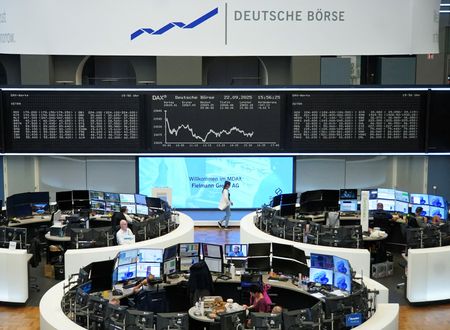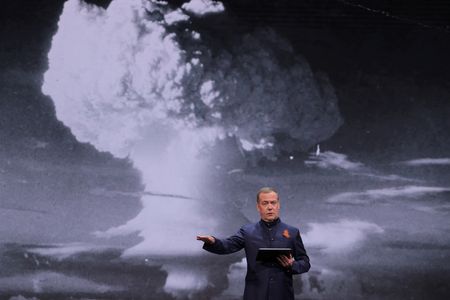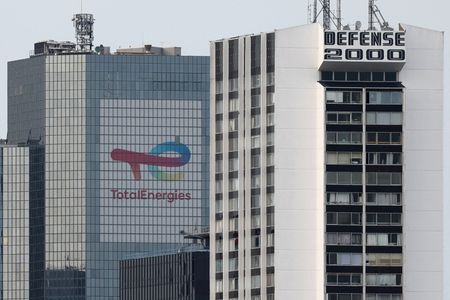By Divya Chowdhury
MUMBAI -Some of the world’s biggest investors are looking beyond a boom in artificial intelligence to longer-term spending by governments tackling geopolitical, technological and demographic pressures set to reshape markets over the next few years.
Asset managers are spreading bets across infrastructure, energy transition, healthcare and defence, to capitalise on fiscal stimulus from governments, even as Wall Street debates whether the AI-powered rally in stocks is sustainable.
As concerns over some countries’ ballooning fiscal debts draw attention, many investors “underestimated the impact that (stimulus) could have on real and financial assets,” said Mark Haefele, chief investment officer of UBS Global Wealth Management.
Hafele told the Reuters Global Markets Forum his firm, which oversees $4.5 trillion in assets, is “investing thematically along with what governments are doing”, diversifying into areas such as power, resources, healthcare and defence.
July’s sweeping U.S. tax-cut and spending bill will add trillions to government debt by extending tax cuts from U.S. President Donald Trump’s first term, ramping up funding for border security and defence, and trimming Medicare and Medicaid.
Europe’s fiscal support is just as dramatic, with sentiment boosted by Germany’s 500-billion-euro ($586 billion) infrastructure fund exempt from its strict debt brake and NATO members’ pledges to lift defence spending to 3.5% of GDP.
“Fiscal stimulus is always a big element of the performance of the financial markets,” said Antonio Cavarero, head of investments at Generali Asset Management, which manages $430 billion in assets.
The magnitude and persistence of these fiscal commitments on both sides of the Atlantic were unprecedented compared to previous market cycles, he said, adding that the structural realignment they drive would last for years.
“It takes time before those moneys actually percolate (through) the system … before you see them becoming reality,” Cavarero said.
Nuclear power, energy infrastructure, biotech innovation and defense were industries that “cannot be ignored by the market”, he added, while warning, “At some point, we will need to deal with these debts.”
A rise of nearly 14% this year in the S&P 500 index has largely been powered by AI-related momentum, versus more modest gains of 9.5% in Europe’s benchmark STOXX 600.
But the aerospace and defence index of the latter has surged almost 68%, showing that fiscal priorities are lifting defence and industrial plays even in a broader market environment still dominated by AI.
Saira Malik, chief investment officer at U.S. asset manager Nuveen, which manages $1.3 trillion in assets, expects equity gains to broaden beyond the U.S. tech-heavy trade to cyclical sectors, small-caps and value plays.
“U.S. outperformance is not the only game in town this year, thanks to a weaker dollar,” she said.
Malik advised investors to stay balanced, but with a tilt toward U.S. markets. “I don’t think investors should just own U.S. (assets) at the expense of everything else, but I would fully argue against betting against the U.S.”
Malik also sees opportunities in infrastructure, utilities and waste management, describing them as resilient and effective hedges against inflation.
Both UBS and Nuveen stressed active management over passive bets. “It’s less of a time for beta and more of a time for active investing,” Haefele said.
(Join GMF on LSEG Messenger: )
(Reporting by Divya Chowdhury in Mumbai; Additional reporting by Mehnaz Yasmin; Ankita Yadav and Ankika Biswas in Bengaluru; Editing by Clarence Fernandez)










